How driving instructors can use and support the campaign
The ‘Ready to Pass?’ campaign has been designed to support driving instructors and reinforce the messages you already give your pupils.
Here are 10 ways you can use and support campaign and achieve our joint aim of safer drivers. You’re probably already doing most of them.
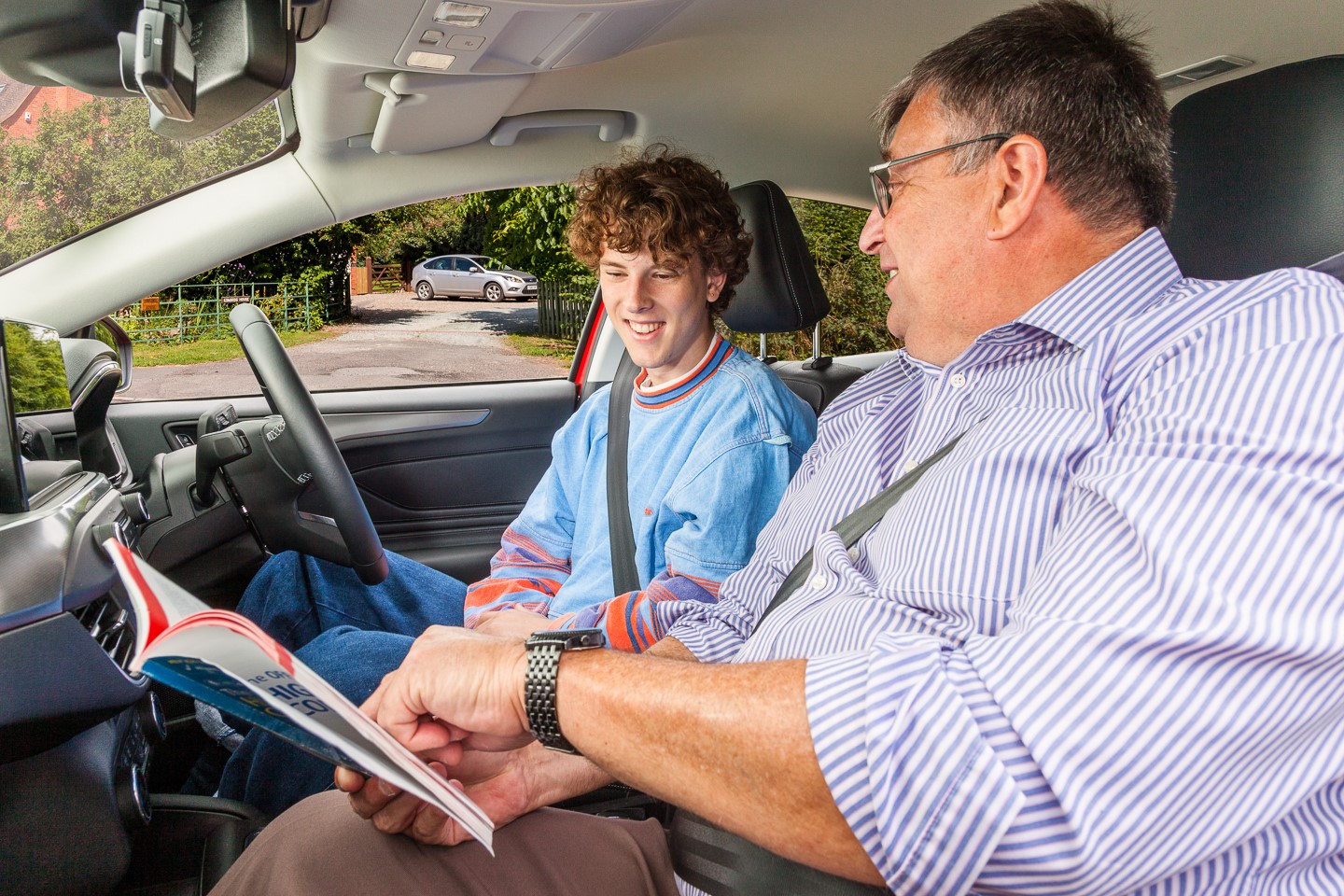
1. Discuss the checklist with your pupils
The campaign includes a checklist to help your pupils reflect on whether they’re ready to pass their test.
You can download a printable version of the checklist from the toolkit to keep in the car or to give to your pupils.
You could try asking your pupils coaching questions about each of the points to help them reflect on what they think and feel about each point.
For example, for each point you could ask questions such as:
- How well do you think you’re doing with this point?
- What factors make you think that?
- What’s the real challenge here for you?
- What’s under your control?
- What would help you improve?
- What’s stopping you from taking action?

2. Encourage your pupils to visit the website
The campaign website is packed full of advice for learner drivers and their parents.
When you’re speaking to your pupils or sending them messages, encourage them to visit www.gov.uk/ready-to-pass.
And if you do speak to your pupils’ parents, please encourage them to visit the site as well.

3. Add campaign resources to your website and social media
The campaign toolkit is full of images and animations that you can add to your own website or post on social media.
Add a link to www.gov.uk/ready-to-pass wherever you use them to help more people find the website.
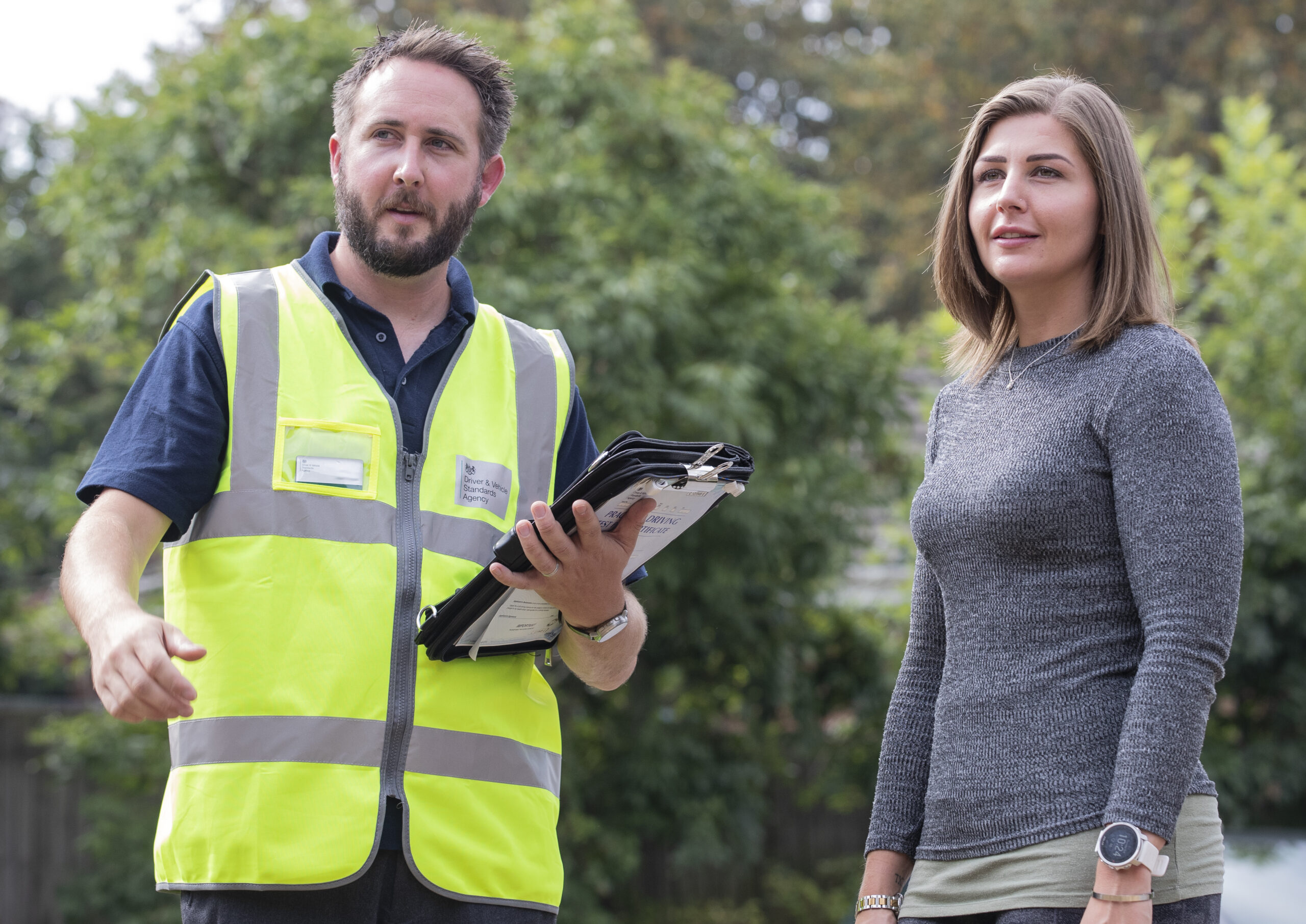
4. Make sure we’ve got your pupils’ email addresses
Make sure you include your pupils’ email addresses and mobile numbers in any bookings you make on their behalf.
We’ll send them emails at different points leading up to their driving test to give advice, encourage reflection, and remind them about the importance of following your advice.
We’ll use the mobile numbers to send them text message reminders about their appointment.

5. Get the latest version of the driver’s record
The driver’s record has been updated to reflect the latest edition of ‘The Official DVSA Guide to Learning to Drive’. It lets you track your pupils’ progress against 27 skills.
The record also now includes the campaign logo and website address to remind your pupils to visit.
There are 2 versions you can use:
- a lesson-by-lesson record
- a summary record to log when your pupil moves up a level in a skill
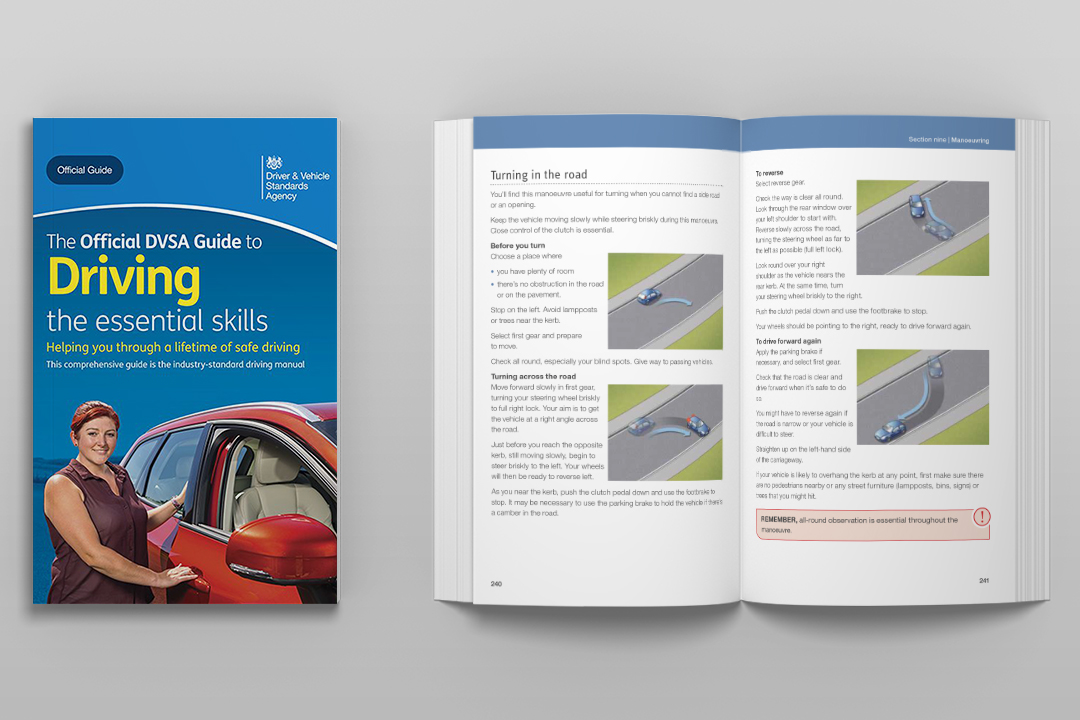
6. Get the latest official learning materials
We produce official learning materials to help with the learning to drive process.
‘The Official Highway Code’ is essential reading for all road users, and contains all the latest new rules and changes.
‘Know Your Traffic Signs’ is a handy reference that illustrates and explains the vast majority of traffic signs that a road user is likely to encounter.
‘The Official DVSA Guide to Learning to Drive’ is the only official guide that explains the standards required to pass the driving test.
‘The Official DVSA Guide to Driving – the essential skills’ is the industry standard driving manual. It will help readers learn how to get the most enjoyment from their driving with the correct skills, attitude and behaviour.
‘The Official DVSA Guide to Better Driving‘ is packed with practical strategies to help people deal with feeling nervous, anxious, stressed or angry when driving. It gives you tools to help people drive with confidence.
You can buy these so you can work through them with your pupils.
Some driving instructors buy extra copies so they can lend them to their pupils.
As an ADI, you can get a discount when you order these from the Safe Driving for Life shop. Use code ADI1 when you check out to get a 35% discount.

7. Encourage your pupils to take private practice when the time is right
Private practice between driving lessons will give your pupils valuable extra experience. Learners who combine private practice with their driving lessons do best when they take the driving test. Research shows they’re 1.5 times more likely to pass their test.
We’ve published advice for parents who intend to supervise a learner driver. You can:
- encourage your pupils to share the guidance with their parents
- offer to let parents sit in on one of your lessons so they can understand what it might be like to supervise a driver
- provide advice about what they should cover during private practice so it’s at the right level for the learner’s current skill level
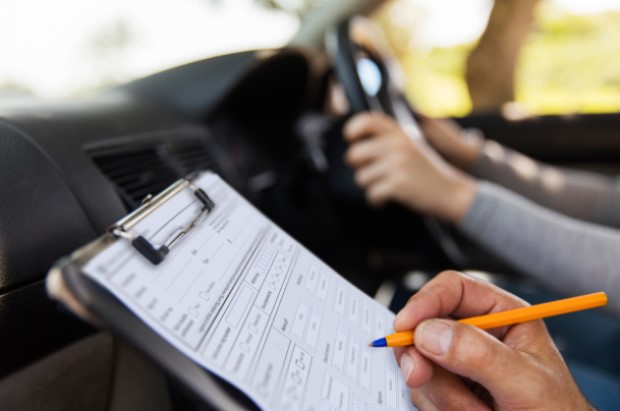
8. Encourage your pupils to take mock tests
People use mock tests and exams to prepare for everything from GCSE exams through to the car theory test.
They’re just as important for the driving test, too. Mock driving tests can help your pupils understand how:
- the driving test works
- faults are assessed
- any mistakes they make would affect their test result
It can also help them to learn to deal with nerves when driving in a different environment.
Research shows that learners who have taken at least one mock test that included all the parts of the real driving test are 40% more likely to pass the real thing.
We’ve published guidance to help you make your mock tests as realistic as possible. It includes a marking sheet, and examples of driving faults, serious faults and dangerous faults for each item.
Carry out mock driving tests for your pupils.
Watch a video presentation about carrying out mock driving tests.

9. Sit in on your pupils’ driving tests
Some learners expect to get very detailed feedback at the end of the driving test, including where they were when they made every fault.
Driving examiners have a short amount of time to explain any faults – they’ll only be able to explain the most important ones.
Because of this, we encourage you to sit in the back of the car during your pupils’ driving tests. You can then help to give your pupil more detailed feedback and build what you saw into future lesson plans or other training.
You’re allowed to make notes during the test, such as where any faults were made. You just need to make sure your note-taking is not distracting.
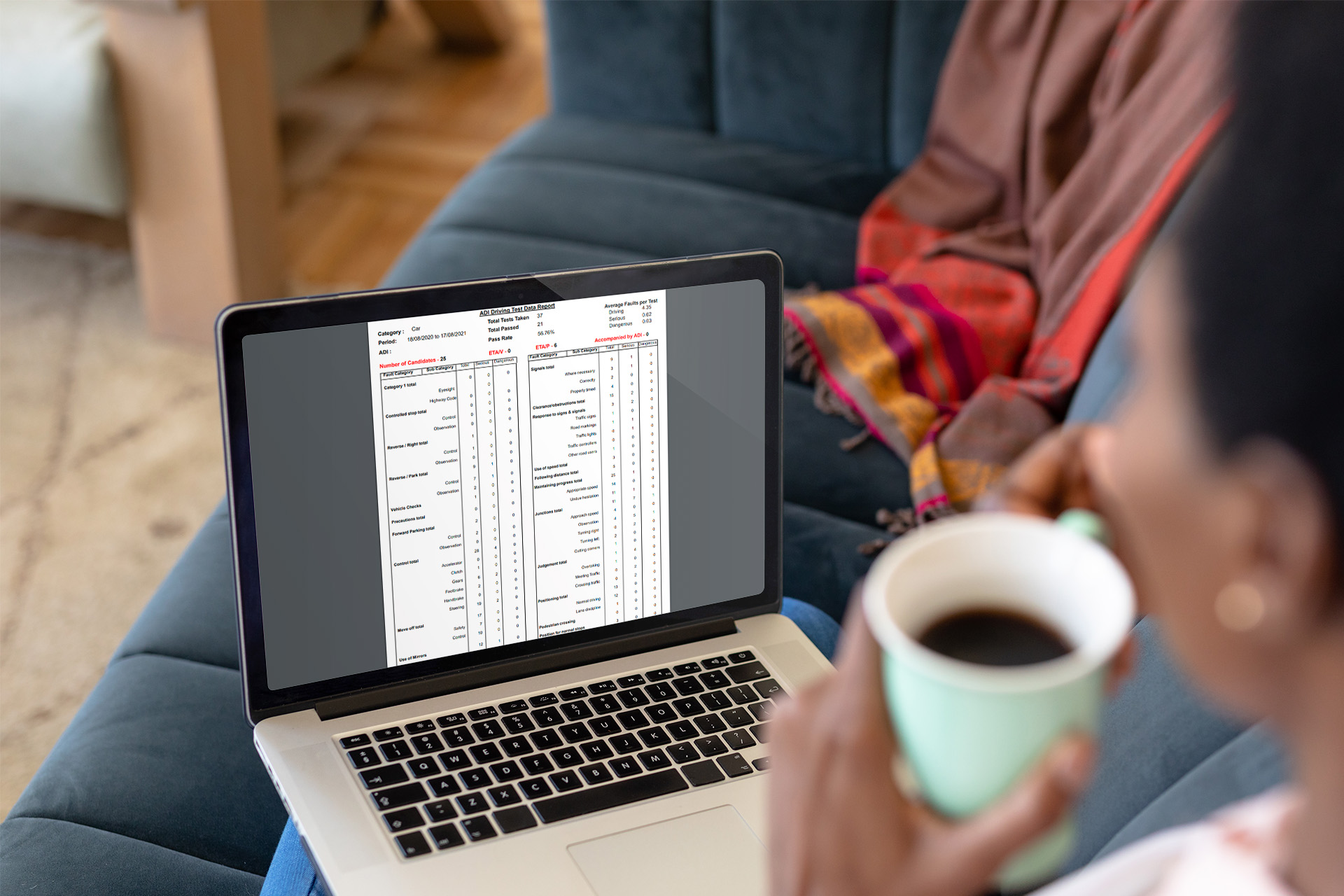
10. Request your driving test analysis report
You can request a report that summarises the faults your pupils made for any driving tests they took in the last 12 months. It gives overall numbers, and does not break it down by pupil.
This can help you understand if there are any patterns in the types of faults your pupils make.
Request your ADI driving test data report.
Watch a video presentation about the top 10 reasons people fail the driving test.
Previous page:
Next page: